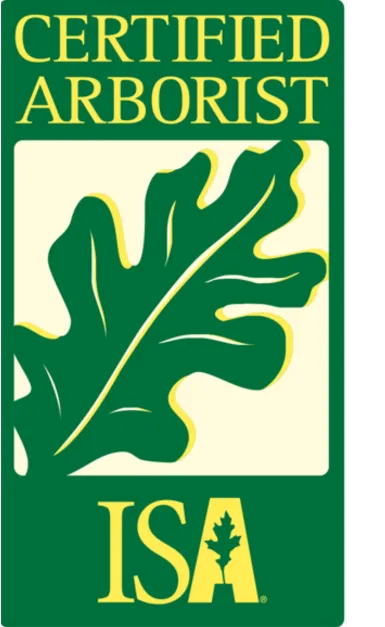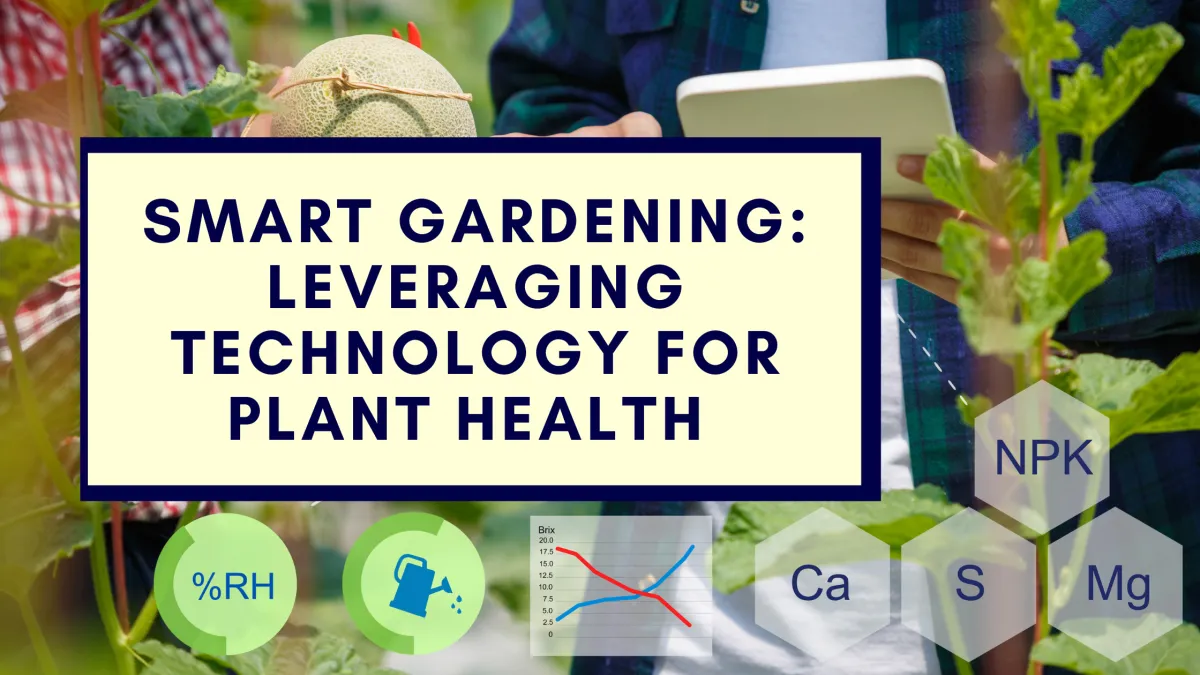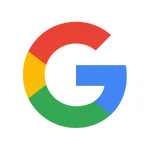
Blog > A Guide for Pest & Disease Management
Preventing Tree Diseases in Louisville: Fall Inspection and Care Tips
As the leaves change and temperatures drop, Louisville trees enter a critical transition period. Fall is not just the season of vibrant foliage—it’s also the perfect time to inspect your trees and prepare them to resist diseases through the winter and into the following spring. Trees stressed by improper care or pest infestations are more susceptible to diseases like canker, root rot, or powdery mildew. With a little planning and a detailed fall inspection, you can help your trees thrive in the long run.
In this article, we’ll walk through essential fall inspection and care steps to prevent tree diseases in Louisville, along with some local considerations. Whether you're a homeowner, business owner, or gardening enthusiast, these tips will guide you in keeping your trees healthy.
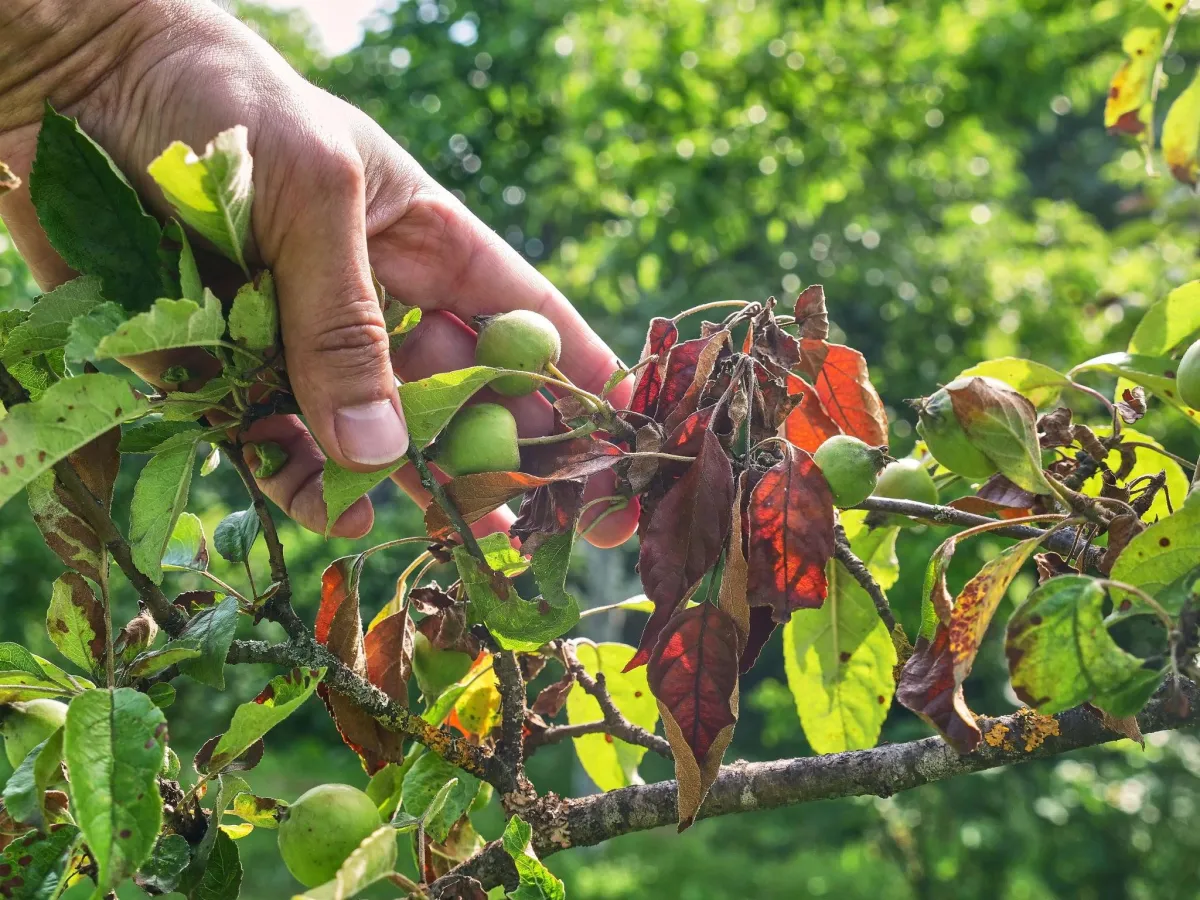
Why Fall Tree Care is Critical in Louisville
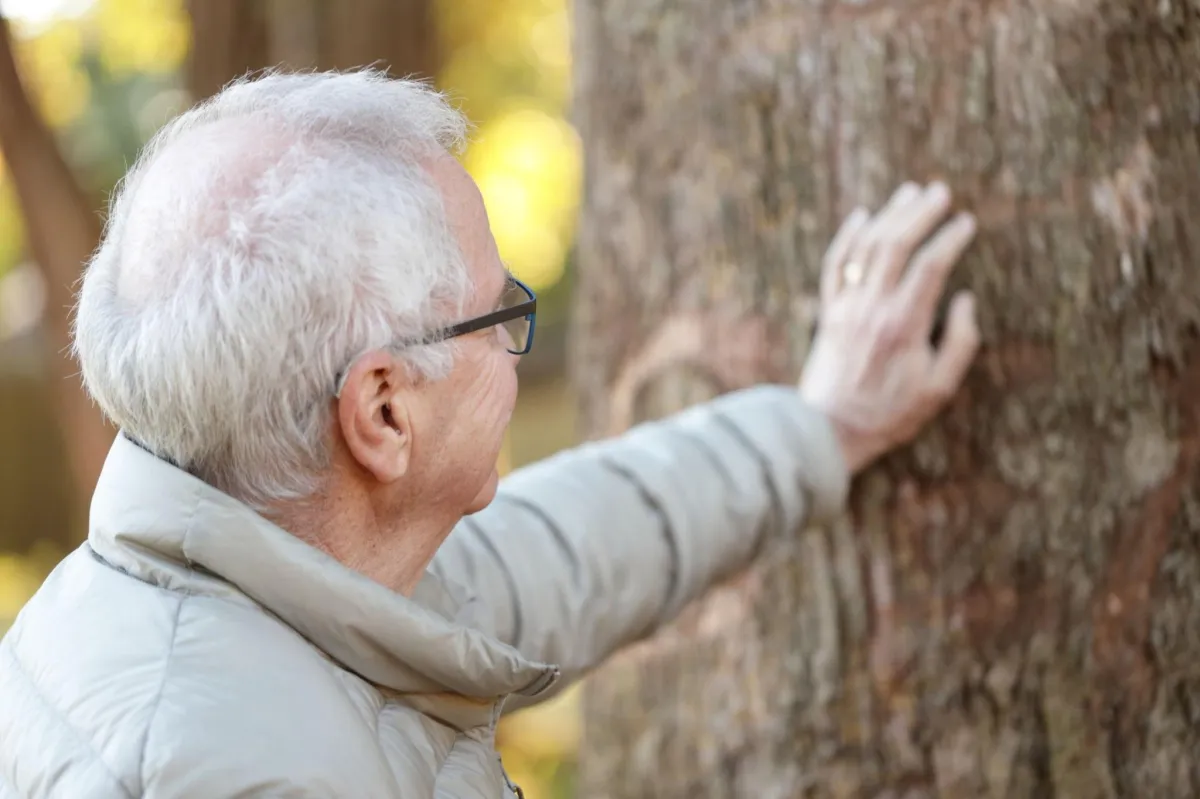
Fall inspections are the first line of defense against diseases that often take hold during the cooler months or lie dormant until spring. Louisville’s mix of humid summers and cold winters makes trees more vulnerable to certain diseases, especially fungal pathogens. Without proper care, trees might enter the winter season in a weakened state, leaving them open to disease outbreaks by the time warm weather returns.
By performing fall inspections and some preventive maintenance, you’ll identify early signs of trouble and ensure your trees are prepared to fight off common Kentucky-specific threats like anthracnose, oak wilt, and verticillium wilt.
Common Tree Diseases in Louisville
Before diving into prevention tips, let’s take a look at some of the most common tree diseases affecting the area. Familiarity with these threats will help you identify symptoms early. For a more comprehensive list see our article on Louisville Tree Diseases. Heres a little bit about the top three:
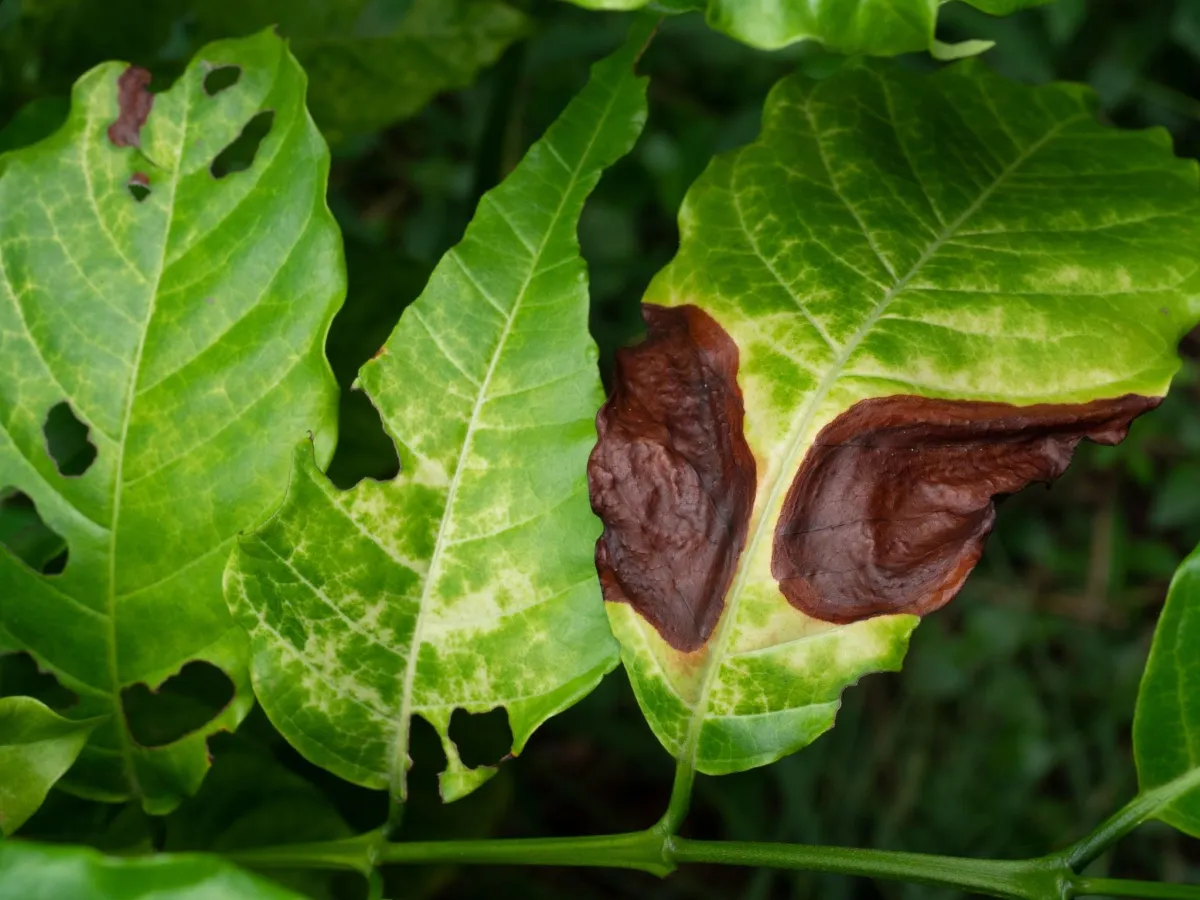
Anthracnose
Symptoms: Leaf spots, wilting leaves, and defoliation
Host Trees: Sycamores, maples, and oaks
Spread: Moist conditions during spring and fall encourage fungal spores.

Oak Wilt
Symptoms: Wilted leaves and branch dieback, typically affecting the upper canopy first
Host Trees: Red oaks and white oaks
Spread: Root-to-root transmission and insect vectors

Verticillium Wilt
Symptoms: Yellowing leaves, wilting, and branch death
Host Trees: Maples, elms, and ashes
Spread: Soilborne fungus that infects trees through the roots.
Fall Inspection Checklist: What to Look For
A thorough fall inspection will help you catch early signs of disease before they worsen. Walk around your property and take the following steps:
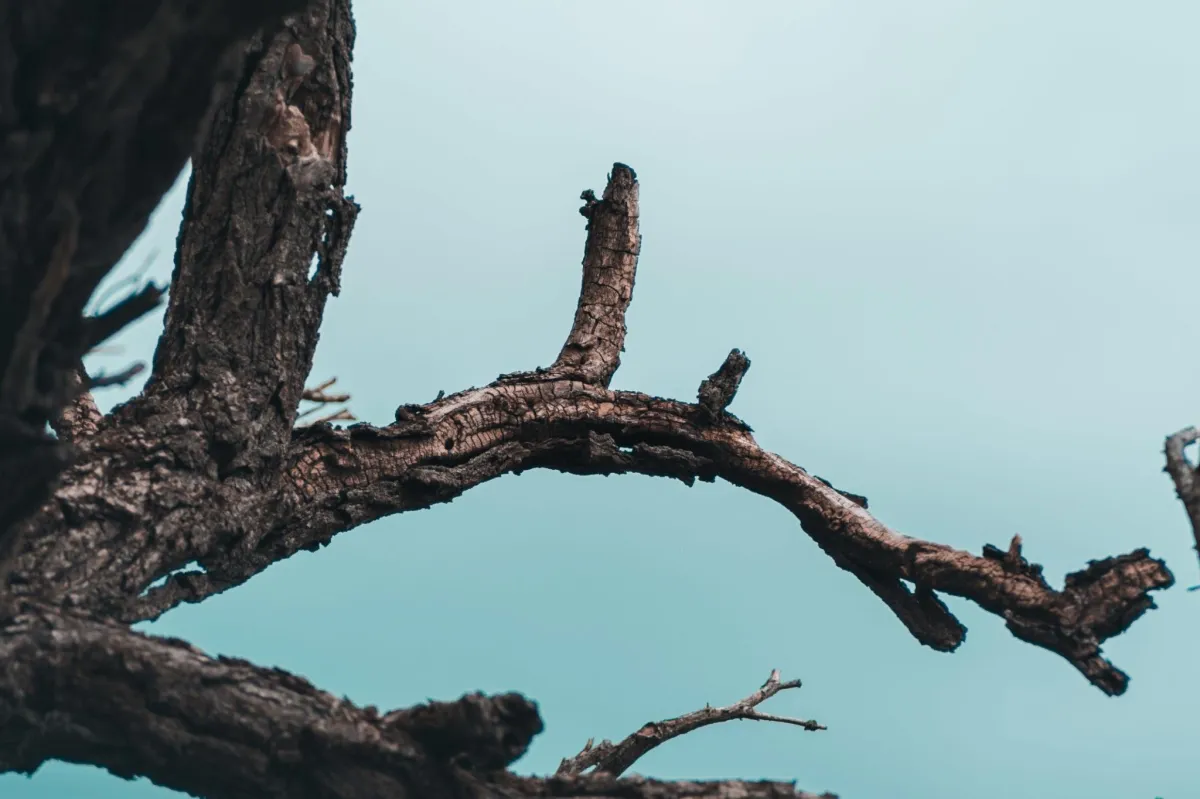
Check for Dead or Damaged Branches
Dead or damaged branches are prime entry points for fungal diseases, insects, and rot. Prune out dead wood to prevent infections from spreading.

Look for Fungal Growth
Mushrooms, conks, or powdery substances on bark and at the base of trees may indicate fungal diseases such as root rot or canker.
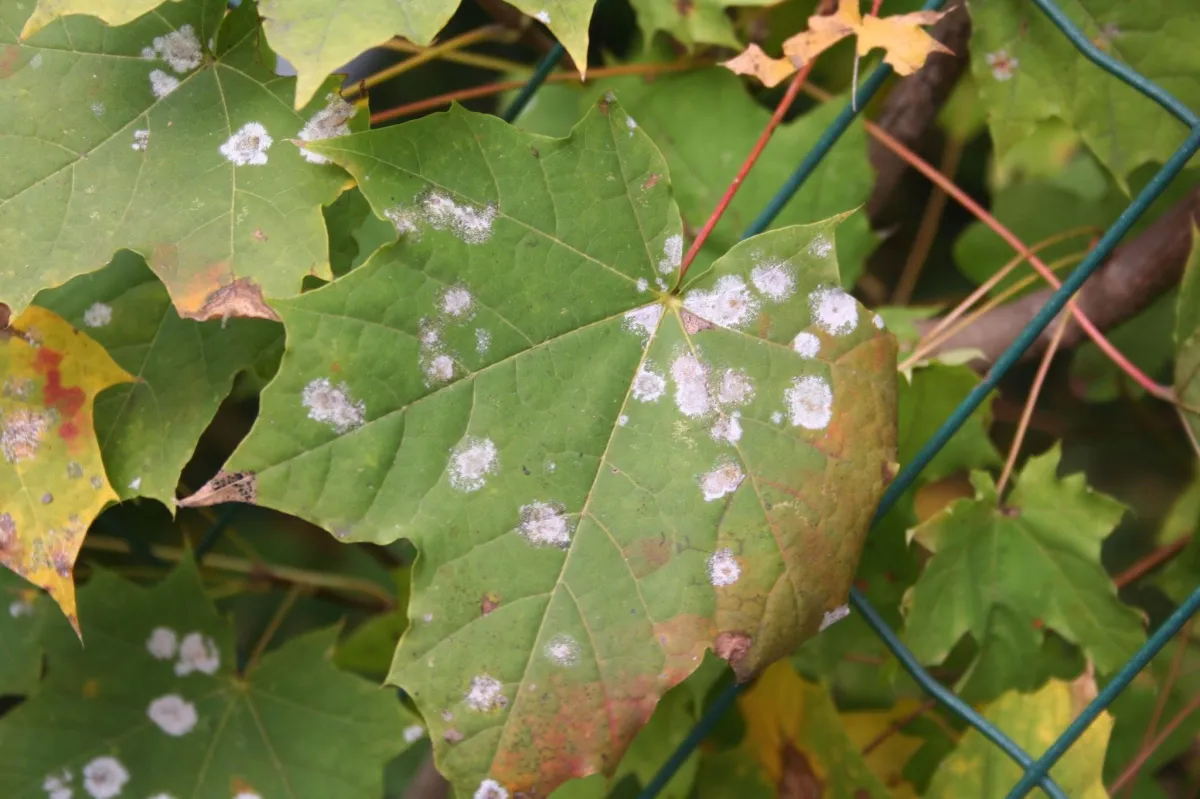
Inspect Leaves for Discoloration or Spotting
If leaves still remain on your trees, look for unusual yellowing, browning, or spotting—common indicators of diseases like anthracnose or verticillium wilt.
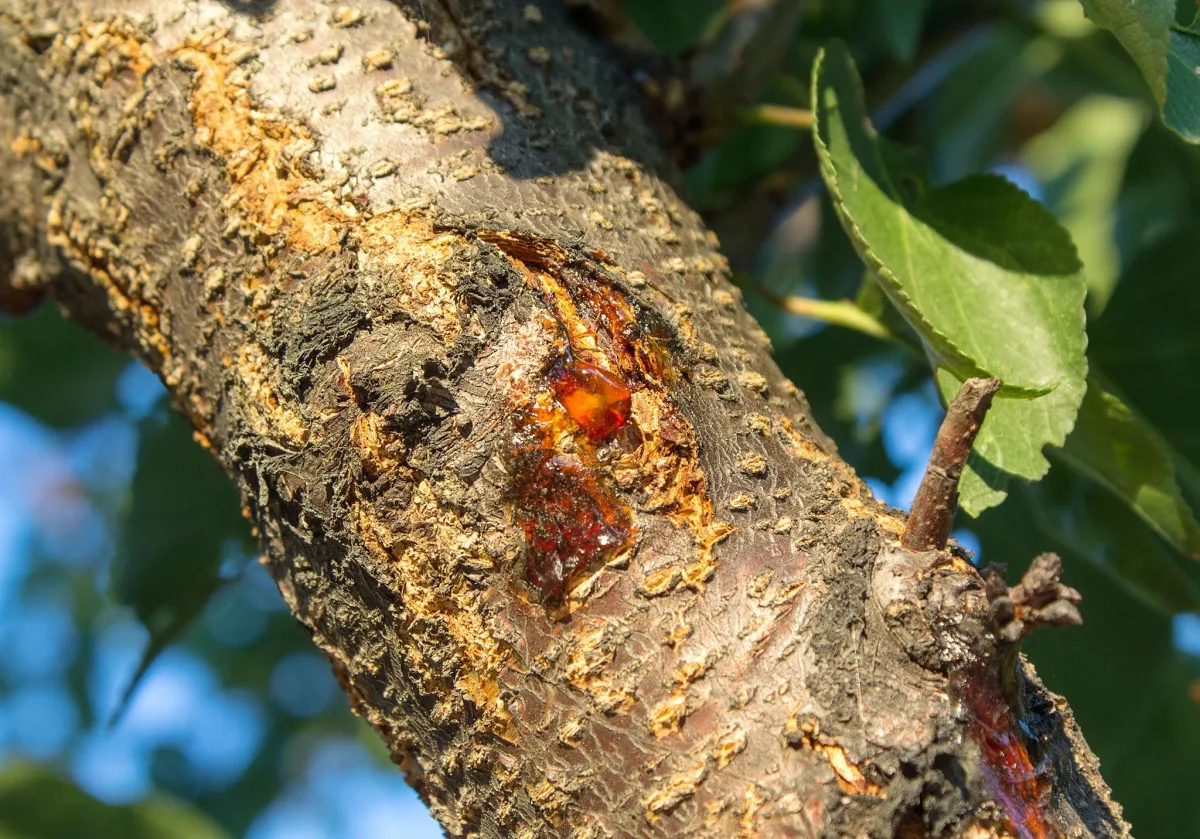
Assess the Trunk and Bark Health
Cracks, sunken areas, or weeping sap on the trunk could indicate internal disease. Bark peeling or cankers are also red flags that require attention.
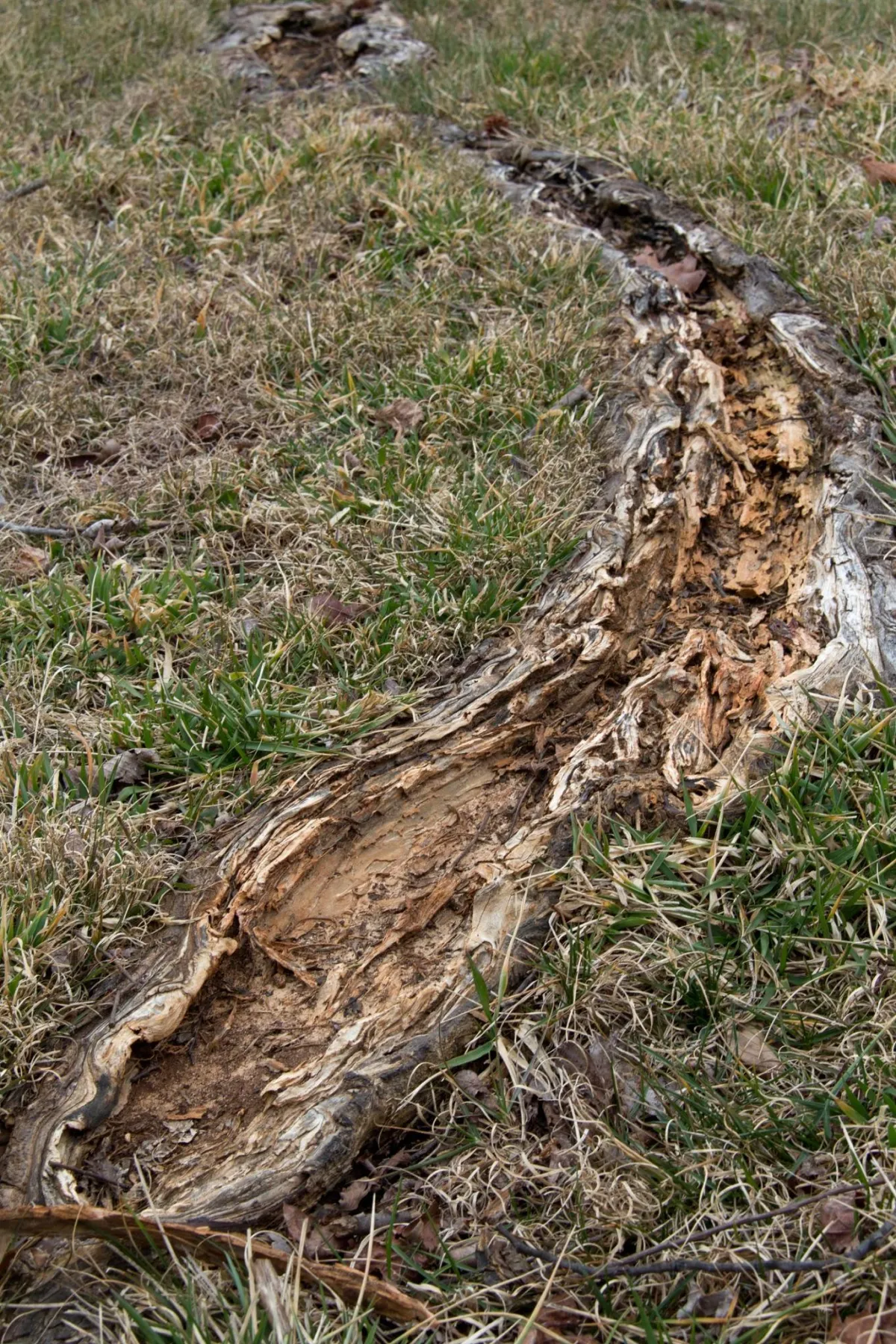
Check the Root Zone for Mushrooms or Weakness
Soft, mushy roots or mushrooms at the base of a tree may point to root rot. Also, monitor for soil compaction or areas where water tends to pool after rain.
Fall Tree Care Tips to Prevent Diseases
Once your inspection is complete, it’s time to take preventive action. Follow these essential fall care practices to keep your trees healthy throughout the winter.
Prune for Health and Structure
Pruning in the fall helps trees enter winter without weak or damaged branches that could become infected. Remove deadwood and branches showing signs of disease. Make sure to prune during dry weather to avoid spreading fungal spores. We happen to have a Fall Pruning Guide.
Apply Mulch to the Root Zone
Mulch serves as a protective barrier, helping soil retain moisture and regulate temperature fluctuations during the colder months. Apply 2-3 inches of organic mulch like wood chips or shredded bark around the root zone, but keep it a few inches away from the trunk to prevent rot.
Water During Dry Spells
Even though temperatures drop in fall, trees still need water to stay healthy. If Louisville experiences dry autumn weather, deep-water your trees to ensure the roots stay hydrated going into winter.
Fertilize to Build Resilience
Applying a slow-release fertilizer in the fall gives trees the nutrients they need to build strong root systems and fight off disease. Focus on phosphorus and potassium, which promote root growth and disease resistance.
Remove Fallen Leaves and Debris
Diseases like anthracnose and powdery mildew can overwinter in fallen leaves and plant debris. Rake up and dispose of any infected leaves to prevent the spread of disease come spring.
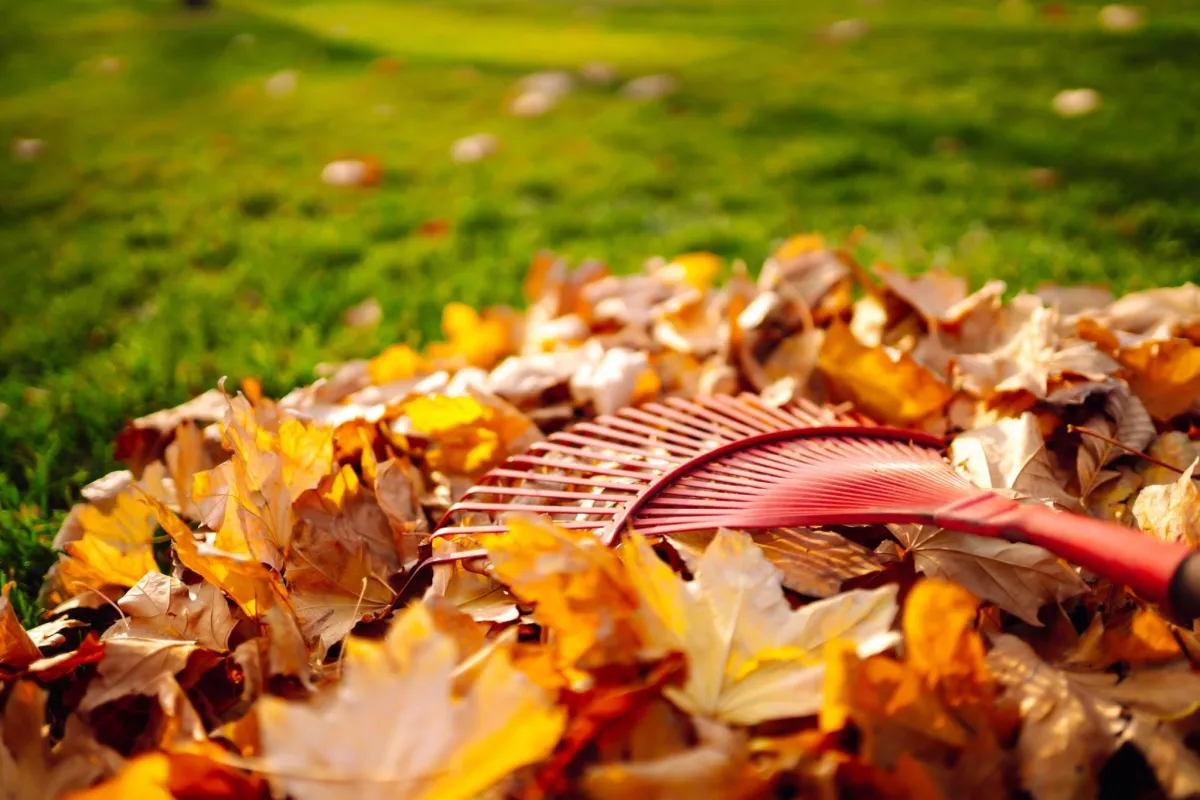
Treating Early Signs of Tree Disease
If your fall inspection reveals signs of disease, it’s essential to act quickly. Many diseases can be managed if caught early. Here’s how to handle common issues:
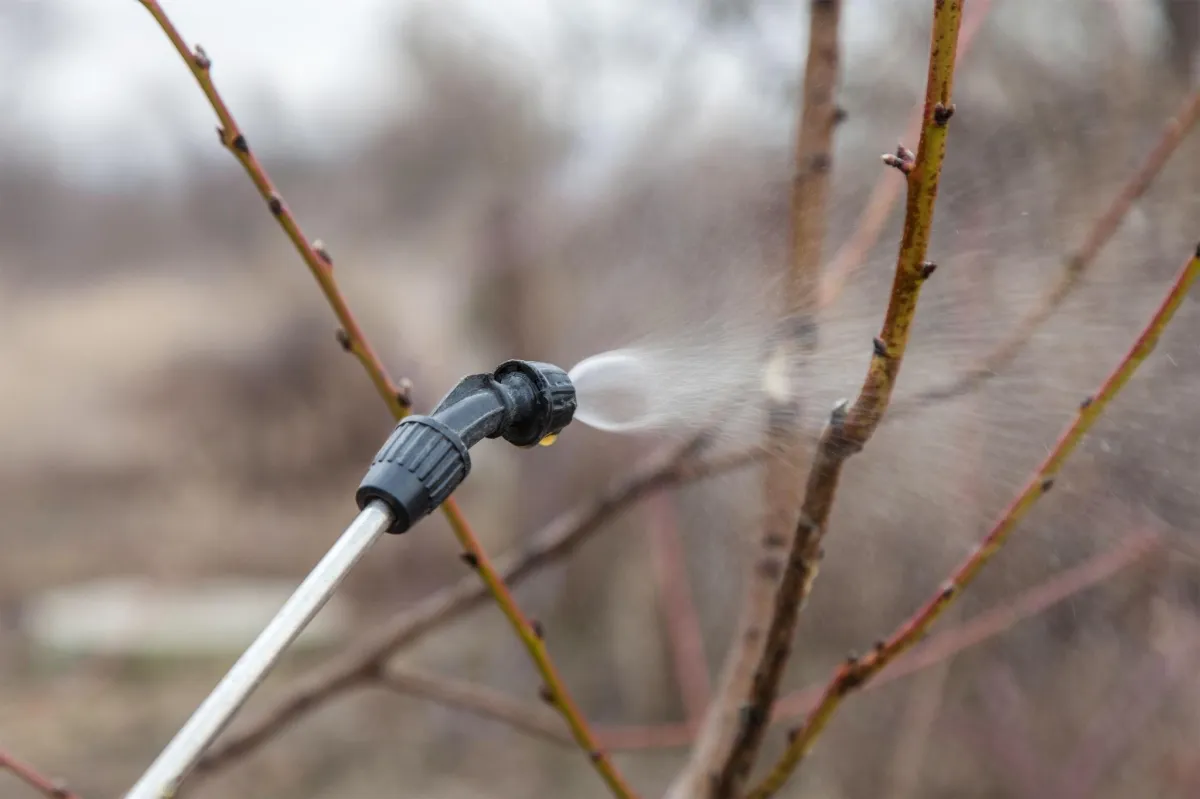
Fungicide Application
For fungal diseases like anthracnose or powdery mildew, applying a fungicide in the fall can stop the spread of spores. Use fungicides labeled for your specific tree species and disease type.
Canker Treatment
Cankers can be pruned out if caught early. Sterilize pruning tools between cuts to avoid spreading the infection. In severe cases, consult a certified arborist for proper treatment options.
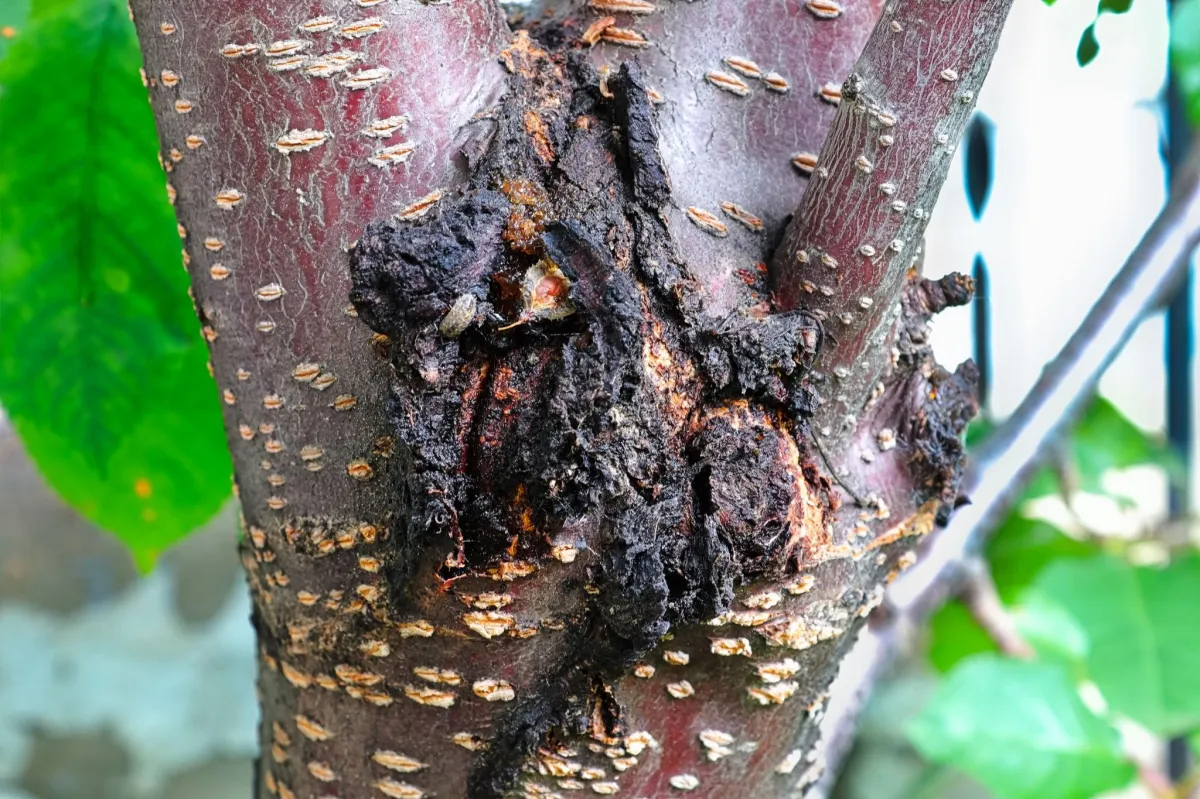
Soil Treatment for Root Diseases
If root rot or verticillium wilt is suspected, improve drainage and aeration around the tree. In some cases, adding organic matter to the soil may help trees build resistance.
When to Call an Arborist
While homeowners can handle many aspects of tree care, some situations call for professional help. Contact us if:
• You notice large areas of bark peeling or cankers on major branches.
• Tree roots appear to be decaying, with significant fungal growth around the base.
• A tree shows widespread wilting, discoloration, or dieback that isn’t improving.
• You’re unsure how to safely prune or treat an infected tree.
We have the expertise to properly diagnose and treat diseases, ensuring your trees stay healthy throughout Louisville’s seasonal changes.
Contact Us
Service Hours
Social Media
Looking for landscaping, lawn care, or other home services?
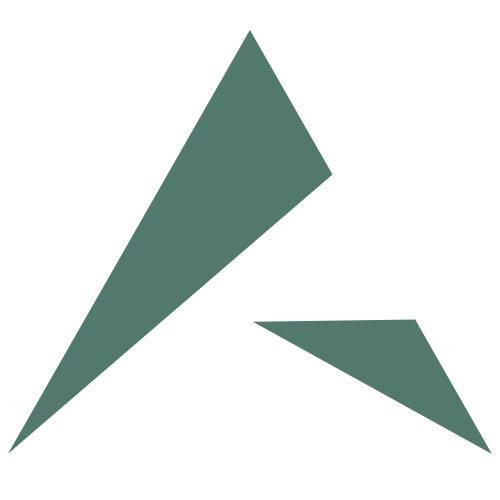
Contact Us
+1 502-483-0511
Prospect, Louisville, KY 40222
Service Hours
Mon- Fri: 9am - 5pm
Sat & Sun: Appt Only
Social Media
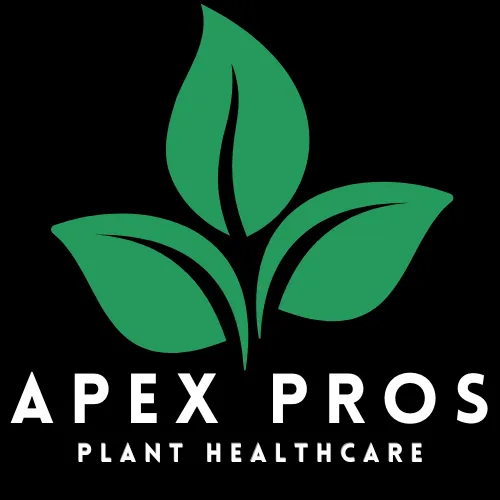
2025 | Apex Pros | Rights Reserved
